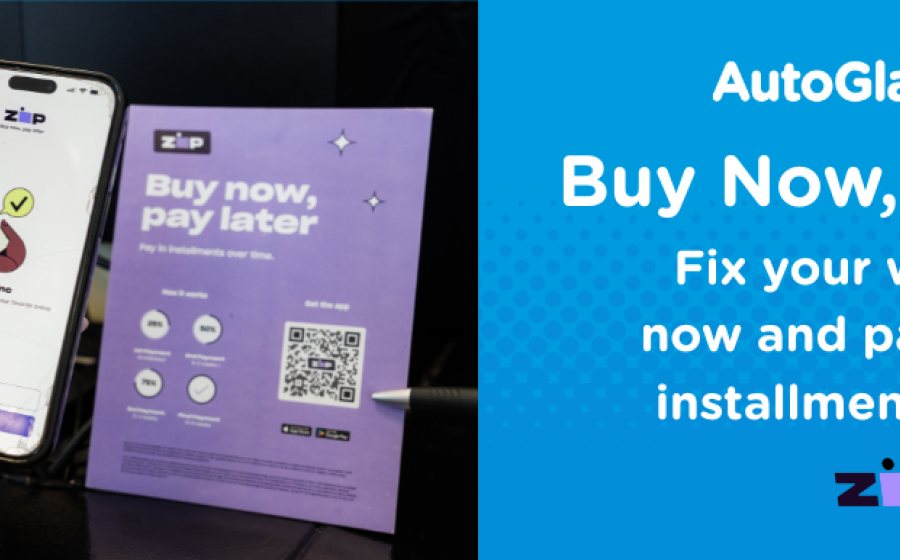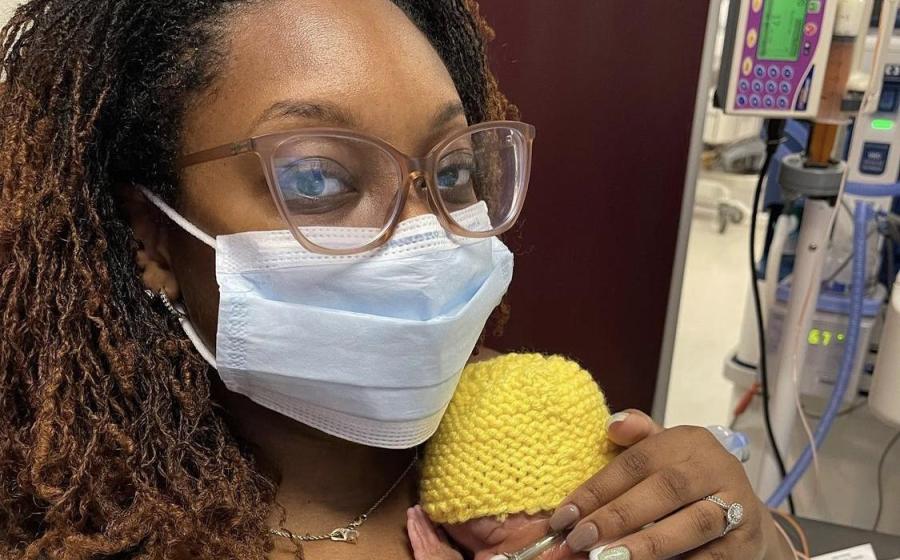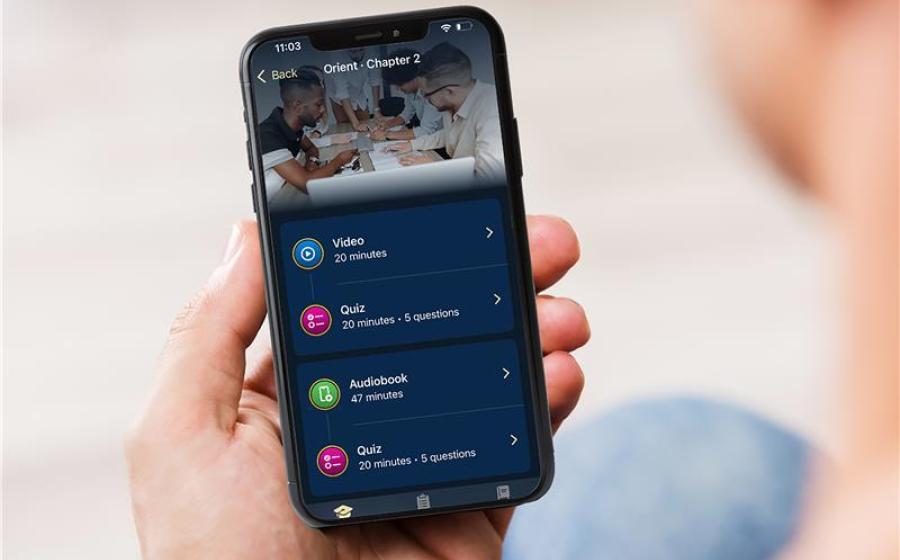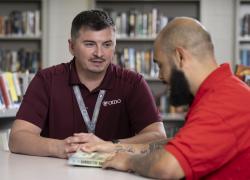Need Auto Glass Repair Now? Pay Later With Zip! Here's How Auto Glass Now Has You Covered
(NewsUSA) - Let’s face it, a cracked windshield or shattered window never comes at a good time. Between work, errands, and upcoming holiday travel, most people just want to get it fixed fast… without stretching their budget.
- Let’s face it, a cracked windshield or shattered window never comes at a good time. Between work, errands, and upcoming holiday travel, most people just want to get it fixed fast… without stretching their budget.
That’s exactly why Auto Glass Now offers Buy Now, Pay Later through Zip; a flexible payment option that lets eligible customers take care of their auto glass needs right away, and split the cost into installments over time.
Shop with Confidence: Flexible Payments and a Price Match Guarantee
 Because life happens. And sometimes, so do cracked windshields!
Because life happens. And sometimes, so do cracked windshields!
With a Buy Now, Pay Later option, Auto Glass Now is making it easier for customers to say “yes” to the repairs they need without worrying about paying the full amount upfront. If you’re managing a tight budget or facing added holiday expenses, Auto Glass Now is here to keep you safe on the road without the extra financial burden.
To use Buy Now, Pay Later with Auto Glass Now, simply get your quote, schedule your service and download the Zip app to create a profile. At the time of your appointment, your total invoice will be split into equal payments over time. Whether you're dealing with a full windshield replacement or a quick chip repair, you can apply at checkout or in advance by downloading the Zip app and setting up your account after approval.
Auto Glass Now also has a Price Match Guarantee policy that ensures you always get the best price on your auto glass services, so you can book with confidence, knowing you're getting great value. Combined with flexible payment options like Buy Now, Pay Later, it’s never been easier to get the services you need without compromising safety.
Auto Glass Now is committed to supporting customers at every stage of their journey. The company offers same-day or next-day appointments, along with the option of in-shop or mobile service, providing convenience and flexibility to meet individual needs. Auto Glass Now accept all insurance providers and even help you navigate the claim process, taking the stress off your plate.
At the end of the day, Auto Glass Now isn’t just fixing your glass, they’re making sure you’re taken care of from start to finish, on your time, not anyone else’s.
Whether you’ve been putting off that windshield crack or just had an unexpected break, now’s the time to take care of it. With their price match guarantee and Buy Now, Pay Later program, Auto Glass Now helps you get the job done without breaking the bank.
Ready to get started? Visit https://www.autoglassnow.com/online-estimate/ for a free quote today!
For more information, visit www.zip.co
Loans through Zip are originated by WebBank.


 -
-  “Slices of Life: A Comic Montage” by Qu
“Slices of Life: A Comic Montage” by Qu “From Doctor to Healer” by Erica M. Elliott, M.D.
“From Doctor to Healer” by Erica M. Elliott, M.D. “Maya, Dead and Dreaming” by Lana Sabarwal
“Maya, Dead and Dreaming” by Lana Sabarwal “If Today You Hear His Voice” by Irene Lynch
“If Today You Hear His Voice” by Irene Lynch
 - November is Prematurity Awareness Month, a time to focus on the more than 380,000 babies born too early in the U.S. each year. For families whose little one arrives weeks or months earlier than expected, understanding advances in premature infant nutrition can help reduce complications during the neonatal intensive care unit (NICU) journey.
- November is Prematurity Awareness Month, a time to focus on the more than 380,000 babies born too early in the U.S. each year. For families whose little one arrives weeks or months earlier than expected, understanding advances in premature infant nutrition can help reduce complications during the neonatal intensive care unit (NICU) journey.
 - Veterans face higher lung cancer risk from military exposures. Early screening and clinical trials save lives. Honor their service this month.
- Veterans face higher lung cancer risk from military exposures. Early screening and clinical trials save lives. Honor their service this month.
 - As the holiday lights go up and the to-do lists grow, parents everywhere are navigating a season that should feel joyful, but all too often doesn’t. According to
- As the holiday lights go up and the to-do lists grow, parents everywhere are navigating a season that should feel joyful, but all too often doesn’t. According to 
 - As the holiday season approaches, millions of children across America face the prospect of waking up to nothing on Christmas morning. Their families, struggling with financial hardship, simply cannot afford toys or gifts. But thanks to Toys for Tots, led by the U.S. Marine Corps Reserve, hope arrives for these children—one toy at a time.
- As the holiday season approaches, millions of children across America face the prospect of waking up to nothing on Christmas morning. Their families, struggling with financial hardship, simply cannot afford toys or gifts. But thanks to Toys for Tots, led by the U.S. Marine Corps Reserve, hope arrives for these children—one toy at a time.
 - A Michigan university unveils SOAR™, a new smartphone-based degree program that brings college within reach for busy adults — at half the cost.
- A Michigan university unveils SOAR™, a new smartphone-based degree program that brings college within reach for busy adults — at half the cost.
 - It’s testing season—and students are feeling the pressure. Between midterms, SATs, coursework, and activities, staying focused and confident can be a real challenge.
- It’s testing season—and students are feeling the pressure. Between midterms, SATs, coursework, and activities, staying focused and confident can be a real challenge. 
 - Plus, meet the new Rich Cream with newly formulated RoC Retinol 7x more effective than standard Retinol
- Plus, meet the new Rich Cream with newly formulated RoC Retinol 7x more effective than standard Retinol Line Smoothing Eye Cream
Line Smoothing Eye Cream Line Smoothing Night Serum Capsules
Line Smoothing Night Serum Capsules Line Smoothing Max Hydration Cream
Line Smoothing Max Hydration Cream
 - Obscure lawsuits don’t just hurt corporations—they can hit consumers’ wallets and limit their choices.
- Obscure lawsuits don’t just hurt corporations—they can hit consumers’ wallets and limit their choices.



